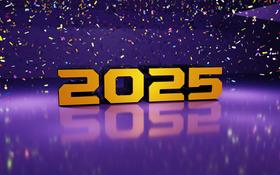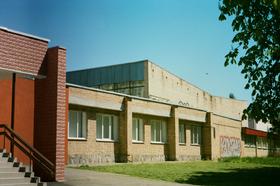For the 2025-26 school year, there are 4 public schools serving 2,106 students in Hampstead, MD (there are 1 private school, serving 7 private students). 100% of all K-12 students in Hampstead, MD are educated in public schools (compared to the MD state average of 86%).
The top ranked public schools in Hampstead, MD are Hampstead Elementary School, Spring Garden Elementary School and Shiloh Middle School. Overall testing rank is based on a school's combined math and reading proficiency test score ranking.
Hampstead, MD public schools have an average math proficiency score of 32% (versus the Maryland public school average of 27%), and reading proficiency score of 55% (versus the 45% statewide average). Schools in Hampstead have an average ranking of 6/10, which is in the top 50% of Maryland public schools.
Minority enrollment is 18% of the student body (majority Hispanic), which is less than the Maryland public school average of 68% (majority Black).
Best Public Schools in Hampstead, MD (2025-26)
School
(Math and Reading Proficiency)
(Math and Reading Proficiency)
Location
Quick Facts
Rank: #11.
Hampstead Elementary School
(Math: 60-64% | Reading: 60-64%)
Rank:
Rank:
9/
Top 20%10
3737 Shiloh Road
Hampstead, MD 21074
(410) 751-3420
Hampstead, MD 21074
(410) 751-3420
Gr: PK-5 | 419 students Student-teacher ratio: 12:1 Minority enrollment: 16%
Rank: #22.
Spring Garden Elementary School
(Math: 56% | Reading: 64%)
Rank:
Rank:
9/
Top 20%10
700 Boxwood Drive
Hampstead, MD 21074
(410) 751-3433
Hampstead, MD 21074
(410) 751-3433
Gr: PK-5 | 456 students Student-teacher ratio: 13:1 Minority enrollment: 17%
Rank: #33.
Shiloh Middle School
(Math: 31% | Reading: 51%)
Rank:
Rank:
7/
Top 50%10
3675 Willow Street
Hampstead, MD 21074
(410) 386-4570
Hampstead, MD 21074
(410) 386-4570
Gr: 6-8 | 631 students Student-teacher ratio: 14:1 Minority enrollment: 22%
Rank: #44.
North Carroll Middle School
(Math: 15% | Reading: 54%)
Rank:
Rank:
6/
Top 50%10
2401 Hanover Pike
Hampstead, MD 21074
(410) 751-3440
Hampstead, MD 21074
(410) 751-3440
Gr: 6-8 | 600 students Student-teacher ratio: 14:1 Minority enrollment: 14%
Hampstead, Maryland Public Schools (Closed)
School
Location
Quick Facts
1400 Panther Dr
Hampstead, MD 21074
(410) 751-3450
Hampstead, MD 21074
(410) 751-3450
Gr: 9-12 | 700 students Student-teacher ratio: 14:1
Frequently Asked Questions
What are the top ranked public schools in Hampstead, MD?
The top ranked public schools in Hampstead, MD include Hampstead Elementary School, Spring Garden Elementary School and Shiloh Middle School.
How many public schools are located in Hampstead?
4 public schools are located in Hampstead.
What percentage of students in Hampstead go to public school?
100% of all K-12 students in Hampstead are educated in public schools (compared to the MD state average of 86%).
What is the racial composition of students in Hampstead?
Hampstead public schools minority enrollment is 18% of the student body (majority Hispanic), which is less than the Maryland public schools average of 68% (majority Black).
Which public schools in Hampstead are often viewed compared to one another?
Popular comparisons of public schools in Hampstead include: Shiloh Middle School vs. North Carroll Middle School, North Carroll Middle School vs. Shiloh Middle School, Spring Garden Elementary School vs. Hampstead Elementary School
Recent Articles

Texas Schools Enrollment Trends & Policy in 2025
Latest data and policy changes on Texas public school enrollment growth, funding, and virtual education in 2025.

Financial Aid & Hidden Costs in Public Schools
Learn about financial aid and hidden costs in public schools. Discover what parents should budget for beyond tuition-free education.

NYC Schools Still Most Segregated in 2025
Despite reforms, New York City schools remain the most segregated in the U.S. in 2025. Here’s what parents and educators need to know.
